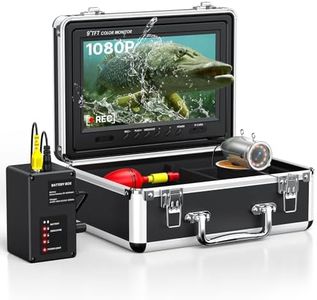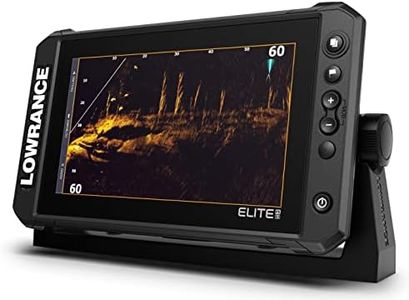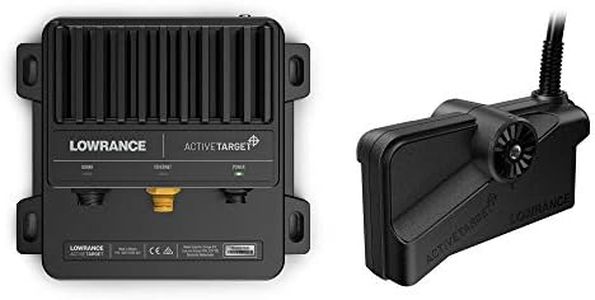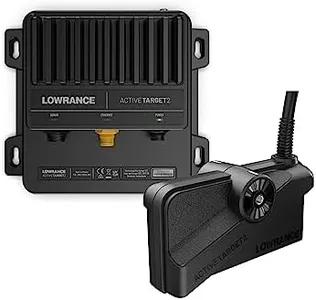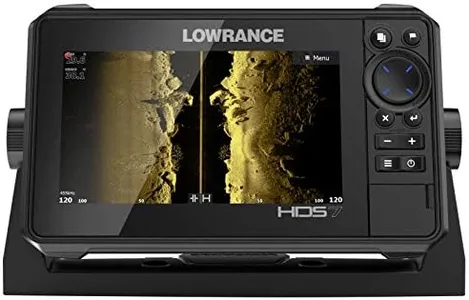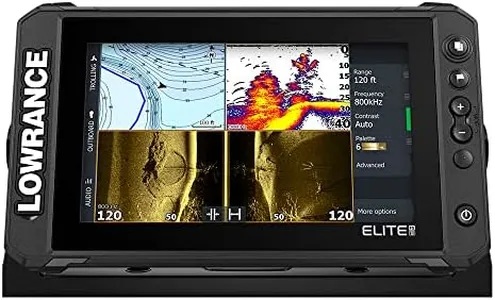10 Best Lowrance Fish Finders 2025 in the United States
Our technology thoroughly searches through the online shopping world, reviewing hundreds of sites. We then process and analyze this information, updating in real-time to bring you the latest top-rated products. This way, you always get the best and most current options available.

Our Top Picks
Winner
Lowrance Elite™ FS 12 Fishfiner/Chartplotter No Transducer, Preloaded C-MAP Discover Onboard Charts
Most important from
586 reviews
The Lowrance Elite FS 12 is a 12-inch fish finder and chartplotter designed for anglers who want a large, clear screen combined with advanced sonar technology. Its multi-touch LCD screen offers good resolution, making it easy to see underwater structures and fish. It supports powerful sonar options like Active Imaging 3-in-1, which includes CHIRP, SideScan, and DownScan sonar, providing detailed views beneath and around your boat. This model is also ready for ActiveTarget Live Sonar, allowing you to see fish movement in real time if you add the necessary modules.
The unit has built-in GPS with preloaded C-MAP Discover charts and detailed contour maps of many U.S. lakes, helping with precise navigation and fishing spots. Networking features let you connect with other devices and share data wirelessly or via Ethernet, useful for creating a complete fishing system. However, this particular package does not include a transducer, which is essential for sonar operation, so you will need to purchase that separately.
The Elite FS 12 is designed for dedicated anglers who want a high-quality display and expandable sonar options, but additional gear is necessary to start using it fully. Its robust build quality and 2-year warranty add reliability, although its relatively high price and missing transducer make it less suitable for casual or budget-conscious users.
Most important from
586 reviews
Lowrance 000-16129-001 Eagle Eye 9 Live Sonar Fishfinder with Transom-Mount Transducer and Preloaded C-MAP Inland Charts, 9" IPS Screen, Black
Most important from
134 reviews
The Lowrance Eagle Eye 9 Live is a solid choice for freshwater anglers who want a clear, versatile fish finder with a 9-inch bright IPS screen that remains easy to read from different angles and even when wearing polarized sunglasses. It uses a powerful transducer that provides four different sonar views simultaneously—Live Forward, Live Down, CHIRP Sonar, and DownScan Imaging with FishReveal—giving you detailed underwater imagery without needing extra modules. This helps spot fish and understand underwater structures more easily.
The included C-MAP US Inland charts cover over 17,000 lakes, which is great for navigating familiar or new freshwater spots in the US. Its autotuning sonar adjusts automatically, which is helpful if you’re not keen on fiddling with settings. Installation is simplified by a new twist-lock connector system, fitting well on boats or kayaks. On the downside, it relies on battery power, so you’ll need to manage charging or battery life during longer outings. Also, while the 9-inch display is a nice size, it might be a bit small for those used to larger screens. The device is well-built but plastic, so handle it with care.
This device is user-friendly with good sonar detail and navigation features, making it suitable for casual to intermediate anglers who focus on US freshwater fishing and want an all-in-one solution without extra add-ons.
Most important from
134 reviews
Lowrance 000-16430-001 Elite FS 10 Fishfinder with Active Imaging 3-in-1 Transducer and Preloaded CMAP Discover Onboard Charts, 10 Inch Touchscreen Display, Black
Most important from
586 reviews
The Lowrance Elite FS 10 is a solid choice if you want a reliable fish finder with a large 10-inch touchscreen that is easy to use and read. Its display offers high resolution, making underwater details like fish and structures clear, which helps both beginners and experienced anglers spot fish more effectively. It includes an Active Imaging 3-in-1 transducer that combines CHIRP sonar, SideScan, and DownScan technologies, giving you detailed views of fish and underwater formations. This setup is excellent for identifying where fish hide, especially around structures and cover.
The built-in GPS and preloaded C-MAP Discover charts with detailed contour lines of thousands of lakes improve navigation and help you mark fishing spots accurately. Power output and sonar frequencies are well-balanced to provide good depth range and clarity. The device also supports networking options, allowing connection to other devices like radar or additional displays, which is useful if you want to expand your fishing system in the future.
The screen size and feature set make it less portable compared to smaller fish finders, and some advanced features, like Active Imaging HD, require additional modules that add to the cost. Also, while the system is packed with tech, it may have more features than a casual fisherman needs, which could make the device feel a bit complex at first. The product has strong customer reviews, indicating reliability and user satisfaction. This fish finder suits serious anglers who want detailed imaging and navigation support without stepping up to the most expensive models.
Most important from
586 reviews
Buying Guide for the Best Lowrance Fish Finders
Choosing the right fish finder can significantly enhance your fishing experience by helping you locate fish more efficiently. When selecting a fish finder, it's important to consider various specifications that will determine how well the device meets your needs. Understanding these key specs will help you make an informed decision and ensure you get the best fit for your fishing style and environment.FAQ
Most Popular Categories Right Now
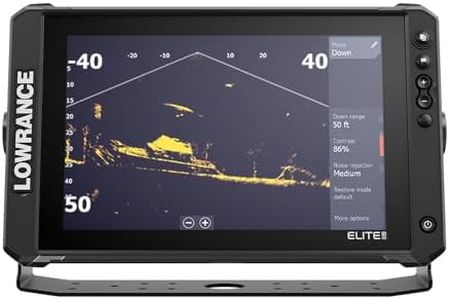
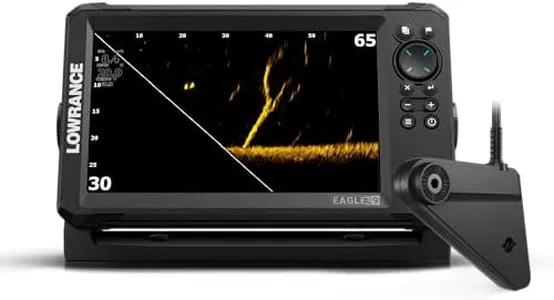
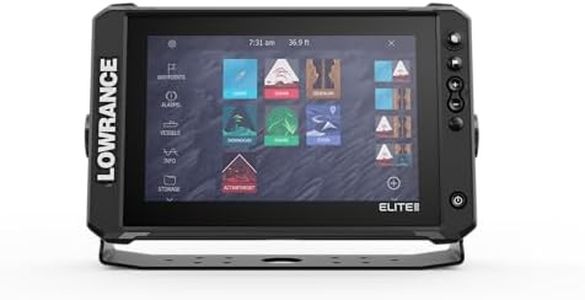
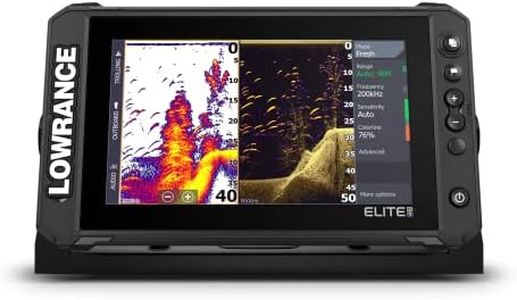
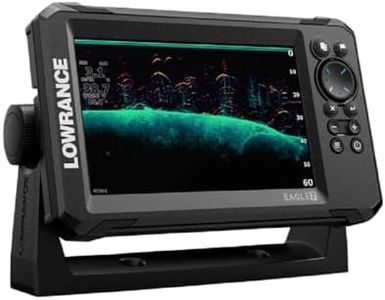
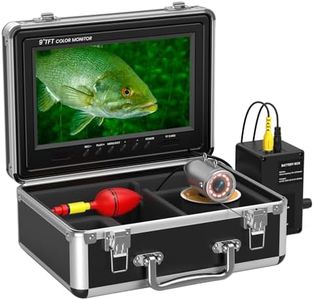

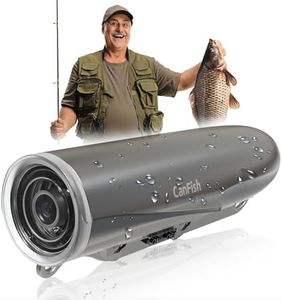
![[FishPRO®2025 Upgrade] [Auto-Focus 2''- 40''] Underwater Fishing Camera w/DVR 32GB,1200TVL, Ice Fishing Camera Underwater Fish Finder, w/IR+LED Light for Dark, 4500mAh w/ [Spare Charging Port], 49ft](https://images-proxy.bestreviews.guide/acq3_QtcLbcjVSUbrd75CGmUBuk=/0x300/https://m.media-amazon.com/images/I/51hexOA1C9L._AC_CX679_.jpg)
